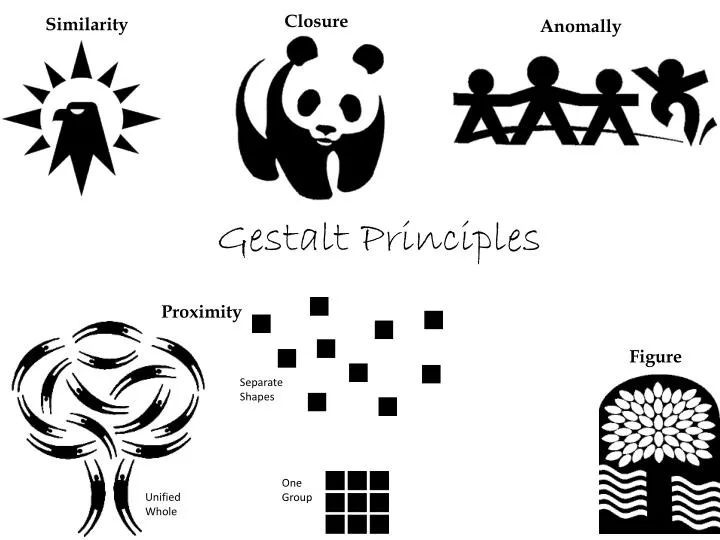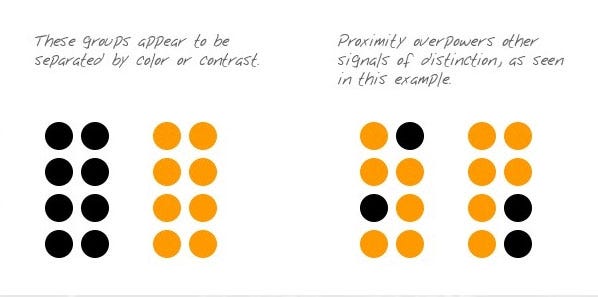

Personality, attachment, and sexuality related to dating relationship outcomes: Contrasting three perspectives on personal attribute interaction. Finally, people tend to make negative assumptions about those who disagree with them on fundamental issues, and hence feel repulsion. A vector illustration Law of similarity psychology concept or a principle of association encountering, thinking something tends to. Also, having relationships with similar people helps to validate the values held in common. Another explanation is that we notice similar people, expect them to like us, and initiate relationships. For example, two people interested in literature are likely to run into each other in the library and form a relationship (involving the propinquity effect). First, people with similar interests tend to put themselves into similar types of settings. Several explanations have been offered to explain similarity increases interpersonal attraction. Similarities in opinions, interpersonal styles, amount of communication skill, demographics, and values have all been shown in experiments to increase liking. Many forms of similarity have been shown to increase liking. In this manner, what is the law of similarity in psychology It states that the law of similarity is the tendency to perceptually group similar items and objects together. law of frequency a principle of association stating that the more often ideas, events (e.g., stimuli and responses), or other items co-occur, the stronger the connections between them. Research has consistently shown that similarity leads to interpersonal attraction. A trusted reference in the field of psychology, offering more than 25,000 clear and authoritative entries. The point being that the better you understand these principles the more sucessful you can be at breaking them.In social psychology, similarity refers to how closely attitudes, values, interests and personality match between people. Remember that these principles are not set in stone, and it is ok to break them. This is not to say that every composition needs to be perfectly balanced and symmetrical, there are many examples of artists who play with the idea of symmetry and balance and still are quite sucessful. While clearly balanced compositions will be more accesible. Some viewers who find a painting which is too difficult to read may spend less time trying to comprehend it. Notice how the figures aren't perfectly symmetrical on both sides of the work, however they are still balanced and neither side seems too "heavy".The larger idea at play here is that viewers want to "read" a painting in a systematic and organized manner. It’s a secret the master painters used to their advantage in order to provoke an emotional response in the viewer. It’s not just the unity caused by similar colors and shapesit goes deeper than that. In Raphael's painting below we can see how by having a clear sense of symmetry adds to the structure of the entire composition. The Law of Similarity is another excellent Gestalt psychology principle that elite artists can use in their art to create unity and rhythm.


Symmetry and Order refers to the idea of how balance, and symmetry give the composition an overall feeling of solidity and structure. Let’s see the examples of the principle of similarity. There may be a similarity in any one of them colour, shape, texture, or any other element.

In general it is a good rule of thumb to think that warm colors will come forward in space while cool colors recede. Principle of similarity states that we tend to perceive things that physically resemble each other as a part of the same object. Also notice how Matisse utilized contrast, as well as color to make the figures come to the front of the painting, and push the background back in space. It is also helpful to think of the ground as the negative space around the figures present. In the Matisse painting below we can see a clear differentiation between figure and ground. These differences can be furthered by utilizing a number of different techniques which can include contrast, color, intensity, and size. This is the idea that speaks to the human mind's tendency to separate figures from their backgrounds. Similarity refers to the psychological degree of identity of two mental representations.It is fundamental to human cognition since it provides the basis for categorization of entities into kinds and for various other cognitive processes. The main points of Gestalt are summarized below the image. It is often used in both art as well as design to achieve the desired effect. These theories of painting come from a German form of psychology called Gestalt which simply states that the whole is greater than the sum of its parts.


 0 kommentar(er)
0 kommentar(er)
